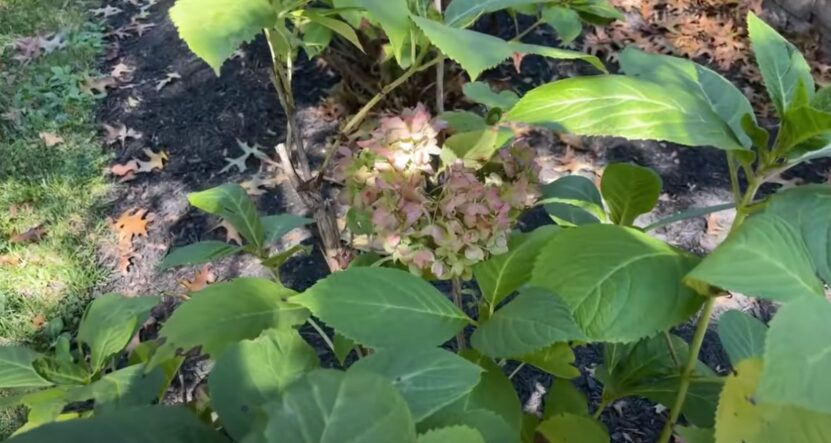Examine This Report about Hydrangea Leaves Turning Yellow
Examine This Report about Hydrangea Leaves Turning Yellow
Blog Article
The 20-Second Trick For Hydrangea Leaves Turning Yellow
Table of Contents3 Simple Techniques For Hydrangea Leaves Turning YellowThe Single Strategy To Use For Hydrangea Leaves Turning YellowIndicators on Hydrangea Leaves Turning Yellow You Need To KnowThe Buzz on Hydrangea Leaves Turning Yellow
Hydrangea plants are understood for their beautiful blossoms, but occasionally their fallen leaves can turn yellow. This is usually a sign that something is incorrect and the plant needs your assistance.Hydrangea leaves turning yellow can be a cause for worry. Hydrangea leaves typically transform yellow when the plant is overwatered.
When the roots of a plant are submerged in water for extended periods, they start to asphyxiate and rot. This process cuts off the roots' oxygen supply, creating the leaves to turn yellow and eventually die. Overwatering can also bring about other problems such as fallen leave drop, root damage, and fungal development.
If you believe your Hydrangea is overwatered, the finest service is to allow the dirt completely dry out entirely before sprinkling once more. It's additionally a great idea to check the drain of your pot or yard bed and see to it that water is not merging around the plant's origins. Hydrangea plants require well-drained soil to grow.
Unknown Facts About Hydrangea Leaves Turning Yellow
Hydrangea leaves can likewise turn yellow if the plant is not getting enough water. This takes place when the plant does not receive enough water, and the soil begins to dry out.

This is referred to as "plant food melt," It occurs when the plant's roots are exposed to way too much plant food. The origins can't absorb every one of the nutrients and become damaged. This damages creates the fallen leaves to turn yellow and eventually die. Various other indications of fertilizer melt include brownish or yellow fallen leaves, wilting, and stunted development.
This will certainly help remove any excess plant food from the origins of the plant. It's also a good concept to minimize the amount of fertilizer you are making use of. Fertilizing when a month during the growing period should suffice. If you are using chemical fertilizer, it's ideal to use one that is weakened and used according to the producer's directions.
Everything about Hydrangea Leaves Turning Yellow

If your Hydrangea is infested with insects, dealing with the plant with neem or gardening oil is the very best remedy. It's likewise excellent to get rid of any kind of damaged leaves from the plant. You can do this by hand or with a set of trimming shears. It's additionally a good idea to check the plant consistently for bugs and eliminate them as quickly as you see them.
To prevent spreading the condition, make certain to decontaminate your scissors before reducing any leaves off. Hydrangea leaves can additionally transform yellow if the temperature level emphasizes the plant. This normally takes place when the plant is revealed go to this site to severe chilly or heat. The leaves of the plant will transform yellow and start to leave.
If the temperature level worries your Hydrangea, you require to relocate the plant to an area where it will certainly be shielded from the severe chilly or warmth. You can additionally try to supply the plant with some partial color if exposed to direct sunlight. You can likewise attempt adding mulch around the plant base to aid control the temperature level.
Excitement About Hydrangea Leaves Turning Yellow
When the plant's origins are immersed in find out this here water for too long, they start to rot. One of the most common root rot signs and symptoms is yellowing leaves, as the fungi protects against the roots from soaking up nutrients from the soil.
Check the roots of your Hydrangea additional reading if it has origin rot. If some healthy and balanced origins are left, you can try to conserve the plant by replanting it in a new pot with fresh dirt.
If your Hydrangea is greatly affected by origin rot, beginning with a new plant is best. As Hydrangeas age, their leaves will gradually transform yellow and brownish before dropping off the plant.
You can aid the plant by ensuring it is getting sufficient water and nutrients. One opportunity is that the plant is not getting adequate water.
Report this page